LATEST INSIGHTS
Your Present Location: LATEST INSIGHTS-
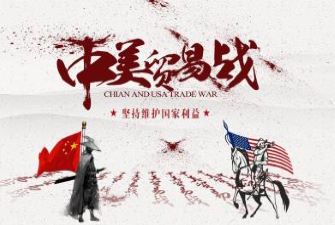
China vows to retaliate after US hikes tariffs
China said on Friday that it would retaliate after the US moved to increase tariffs on hundreds of billions of dollars' worth Chinese products on Friday, effectively breaking a months-long truce and seriously complicating ongoing talks.
2019-05-13 -
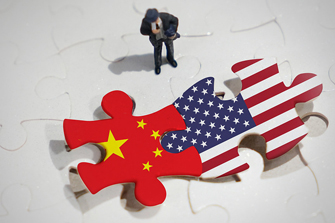
Liu Dian: Facing uncertainty in trade talks with rationality
Trump's 'backpedaling' is fueled by mounting domestic and international pressure
2019-05-13 -
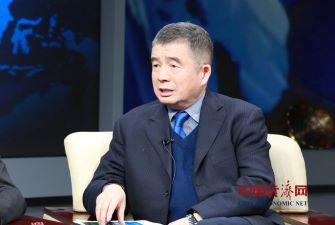
Zhou Rong: Xinjiang is safe & stable, in harmony with all ethnic groups
BEIJING, May 13 (China Economic Net) - Many Pakistani friends are concerned about the issue of Xinjiang in China. However, the recent report on Xinjiang by some Pakistani media is not fair and contrary to the facts and truth. We would like to clarify the facts of Xinjiang to our Pakistani friends, and prove that Xinjiang is safe and stable with good momentum for development.
2019-05-13 -
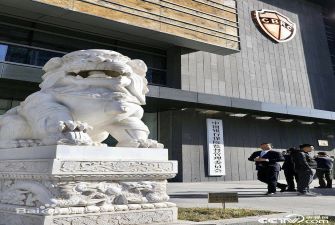
China's financial opening-up moves ahead
China is progressively implementing its policy direction to open up the financial sector and provide a level playing field in terms of ownership requirements for overseas and domestic capital, with experts predicting that financial opening-up will accelerate in the next few years.
2019-05-10 -
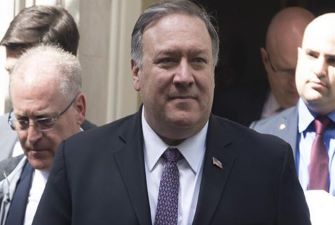
FM slams Pompeo’s endless accusations at various international forums
Chinese Foreign Ministry on Thursday slammed "someone in the US side" who makes endless attacks on China, in response to US Secretary of State Mike Pompeo's frequent accusations against China at different international occasions.
2019-05-10 -
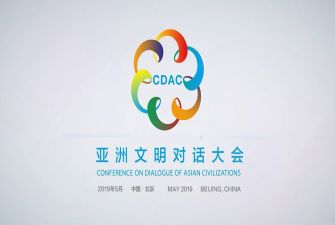
Zhao Minghao: Think tank's role in avoiding civilization clash
Kiron Skinner, director of policy planning at the U.S. Department of State, said at the Future Security Forum last week that the Donald Trump administration is dealing with a "clash of civilizations" with China.
2019-05-10 -
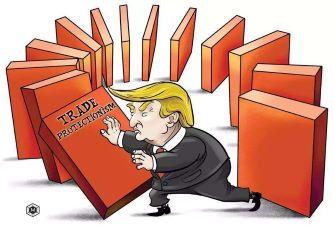
Liu Dian: Trump's old tricks won't change trade truce momentum
After months of negotiations, it seemed like China and the U.S. were entering the final stage of their trade talks. However, on May 5, only three days before the planned 11th round of China-U.S. talks in Washington, President Donald Trump suddenly announced that he would hike tariffs to 25 percent from 10 percent on 200 billion U.S. dollars' worth of Chinese goods.
2019-05-10 -
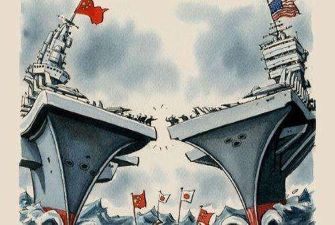
Chen Dingding: There Is No US-China ‘Clash of Civilizations’
The world has changed dramatically over the past few decades and is trending today toward greater complexity and diversity. The popular “clash of civilizations” theory proposed by Samuel P. Huntington is somewhat too simple for modern society. However, this thought is now coming back to life, and might even be unilaterally implemented into policy practice in the United States toward China. Kiron Skinner, the U.S. State Department’s policy planning head, has reignited this discussion with her recent observation that China is “not Caucasian” at a recent event. Her broader remarks made clear that the U.S. State Department taking pains to prepare for a “clash of civilizations” with China.
2019-05-10 -

Chinese experts warn of heavier US sanctions on Iran
China called on related parties to exercise restraint, strengthen dialogue and avoid escalating tensions after Iran announced it would withdraw from some of the provisions of the Iran Joint Comprehensive Plan of Action (JCPOA) on Wednesday, considered a response to the "illegal" withdrawal of the US from the agreement a year ago.
2019-05-09 -

Opening up of film market leads to vibrancy
The percentage of Hollywood films contributing to China's box office has witnessed a gradual decline in recent years thanks to the rise of successful Chinese films including The Wandering Earth and Dying to Survive.
2019-05-09 -

Is the united post-WWII Europe on the verge of dissolution?
"History is back," said French Economy Minister Bruno Le Maire of present-day Europe. In a way, he's right – the Europe that was once beset by war is returning to a state of divisiveness as its experiment with solidarity comes apart due to rising populist sentiments.
2019-05-09 -

Hanfu reflects search for cultural roots
People are often seen posing in hanfu to take photographs at scenic spots in China. The term hanfu was coined by internet users recently to describe the clothing of Han people in ancient China before Qing Dynasty (1644-1911). Three experts share their views on the new trend with China Daily's Yao Yuxin.
2019-05-08 -

China steps up support for SMEs via structural tools
China announced a targeted cut in reserve requirement ratio (RRR) in its latest attempt of using structural tools rather than an across-the-board stimulus to help cash-strained small businesses.
2019-05-08 -
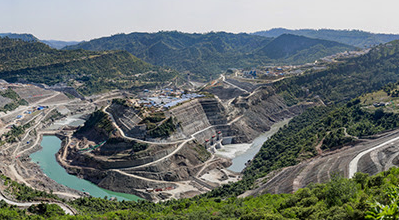
China-Pakistan bilateral trade will enter into the fast track of development
Prime Minister Imran Khan has successfully concluded a friendly visit to China. During his visit, Mr. Khan not only had a cordial meeting with President Xi Jinping and Premier Li Keqiang, but also signed a series of cooperation agreements. As of the end of April 2019, 11 of the 22 early harvest projects in the China-Pakistan Economic Corridor (CPEC) have been completed, and the remaining 11 projects are under construction. It is particularly worth mentioning that about 70% of the 870 MW Suki-Kinari Hydropower Project (SKHPP) constructed by China Energy Engineering Group Co. has been completed.
2019-05-08 -
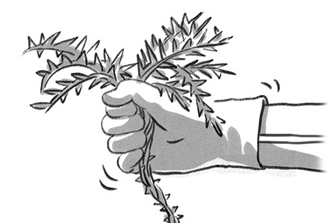
Ding Gang: Ending terrorism India’s and Pakistan’s goal
Some Indian media regard this as the result of pressure from India and the US. China is more concerned whether the adoption of the resolution may help India and Pakistan fight terrorism jointly. This is the current top priority.
2019-05-08 -
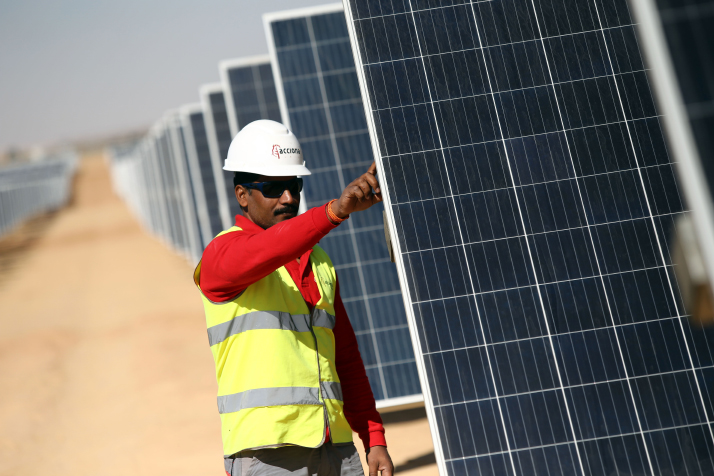
Wang Peng: China has always looked to cooperating with rather than dominating other countries
The Second Belt and Road Forum for International Cooperation held in Beijing on April 25-27 was a milestone for the Belt and Road Initiative along with international development and global governance. However, it is undeniable that there are still a few misperceptions and misunderstandings about the initiative or other key topics related to China that are in urgent need of clarification. For example, whether China is utilizing the Belt and Road Initiative to pursue its "sharp power" is one of the most heated topics.
2019-05-07 -

China unlikely to follow US oil sanctions on Iran
To maintain its relations with Iran, a key partner on energy and the Belt and Road Initiative (BRI), China is unlikely to submit to unilateral sanctions by the US on Iranian oil exports, Chinese analysts said on Saturday, though some Chinese companies doing business with Iran feel the pressure.
2019-05-06 -
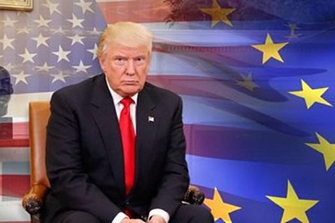
Liu Zongyi: New Delhi likely to create strategy for Washington’s Iran oil ban
A total US ban on the purchases of Iranian crude oil took effect on May 2, according to the Voice of America. Last month, US Secretary of State Mike Pompeo announced the US would not extend sanctions waivers for Iranian oil importers including China, India, Japan, South Korea and Turkey. The countries were told to stop buying Iranian oil by May 2, or face sanctions.
2019-05-06 -
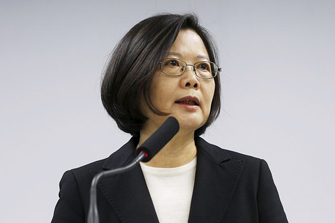
Cutting ties with Taiwan, who's next?
Solomon Islands Prime Minister Manasseh Sogavare's government is reportedly considering cutting ties with Taiwan and establishing diplomatic ties with the People's Republic of China.
2019-05-06 -

Opening-up to boost finance sector
China's accelerated steps in further opening its financial sector will draw more foreign banks and firms and will give a major boost to local market efficiency and vitality, according to economists and financial experts.2019-05-06







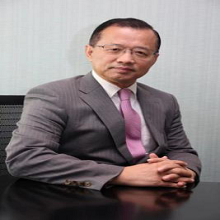

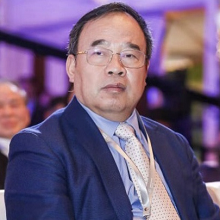

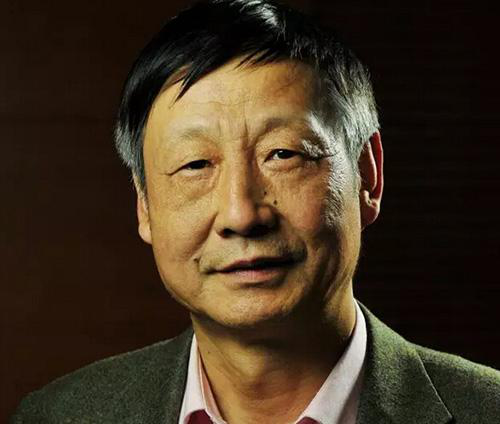



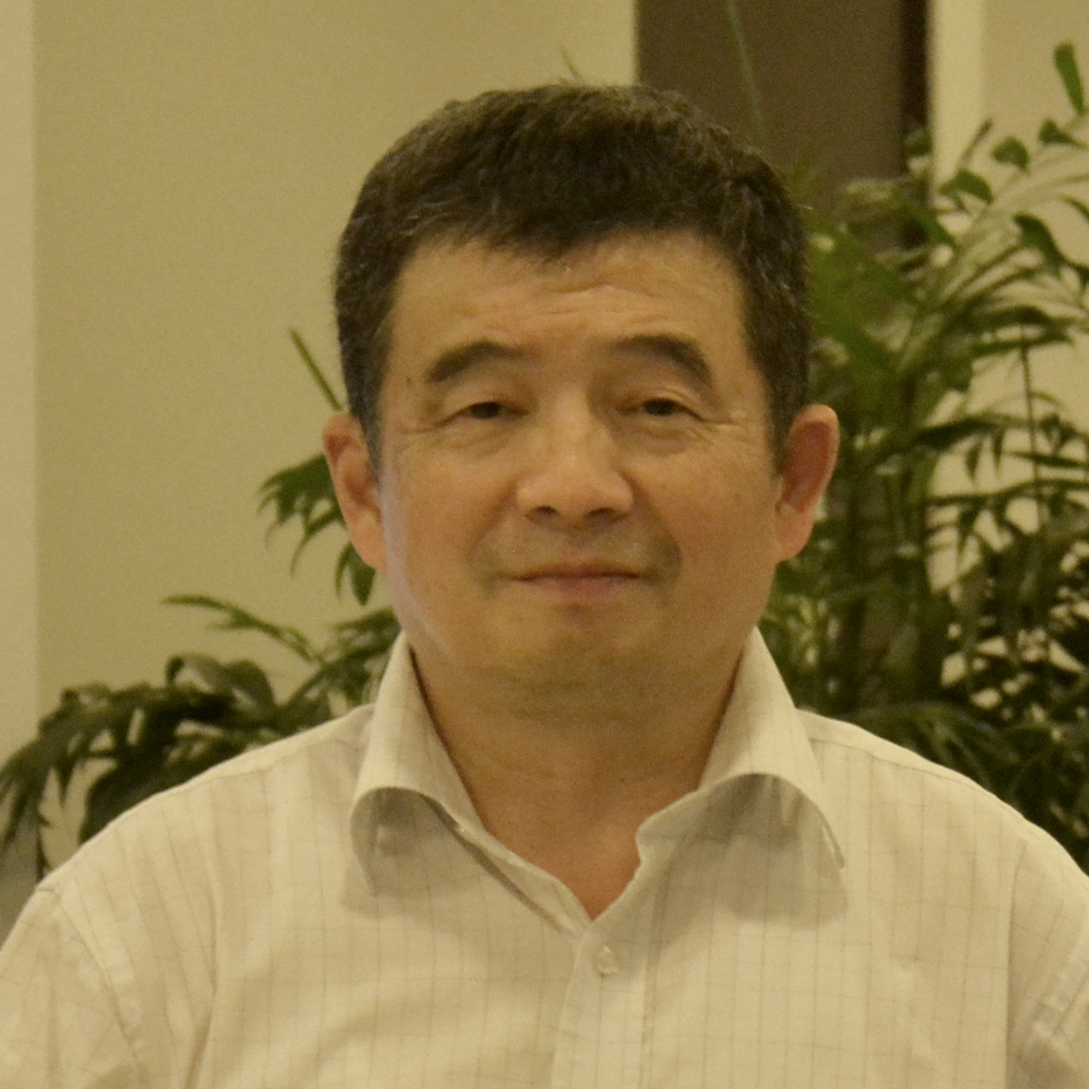
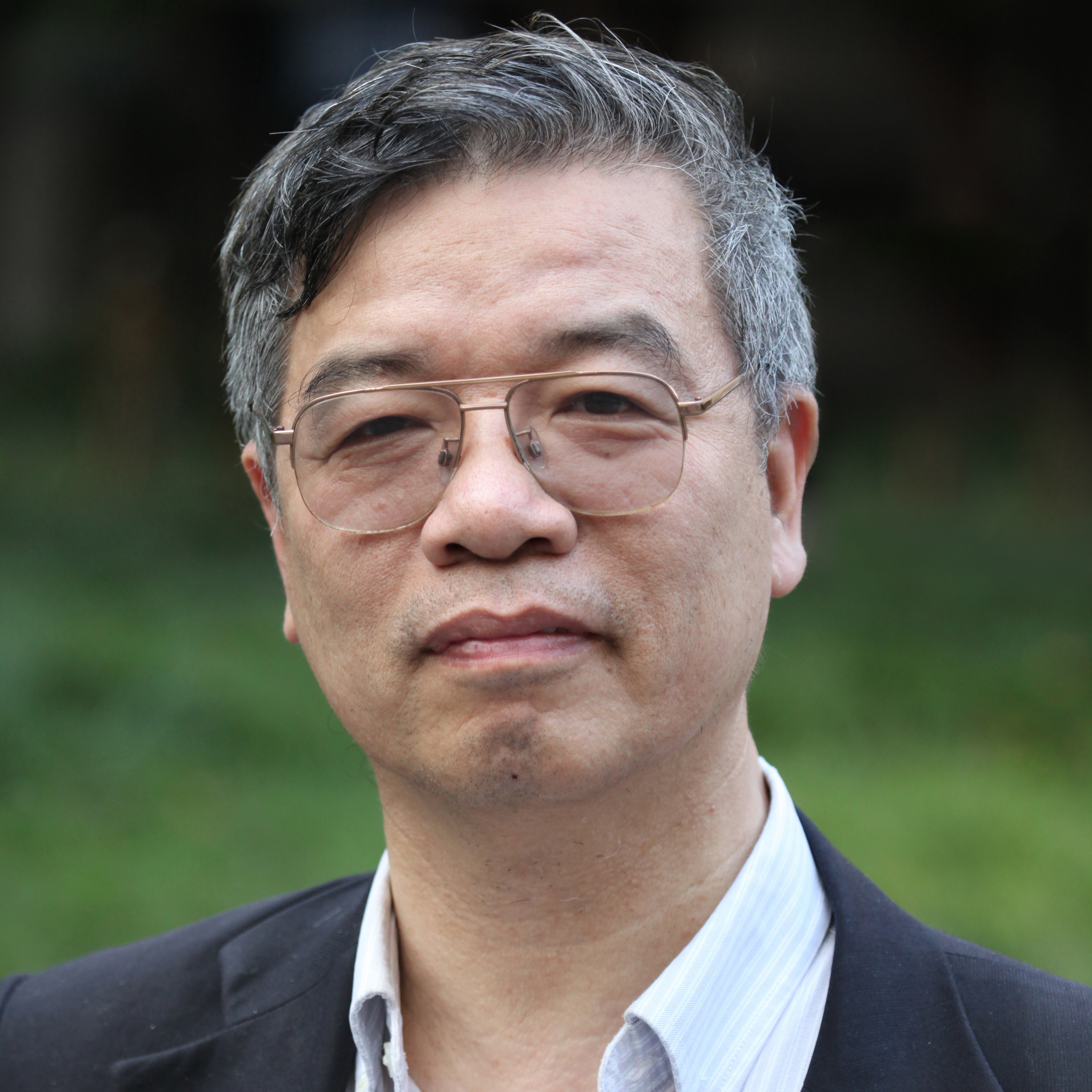

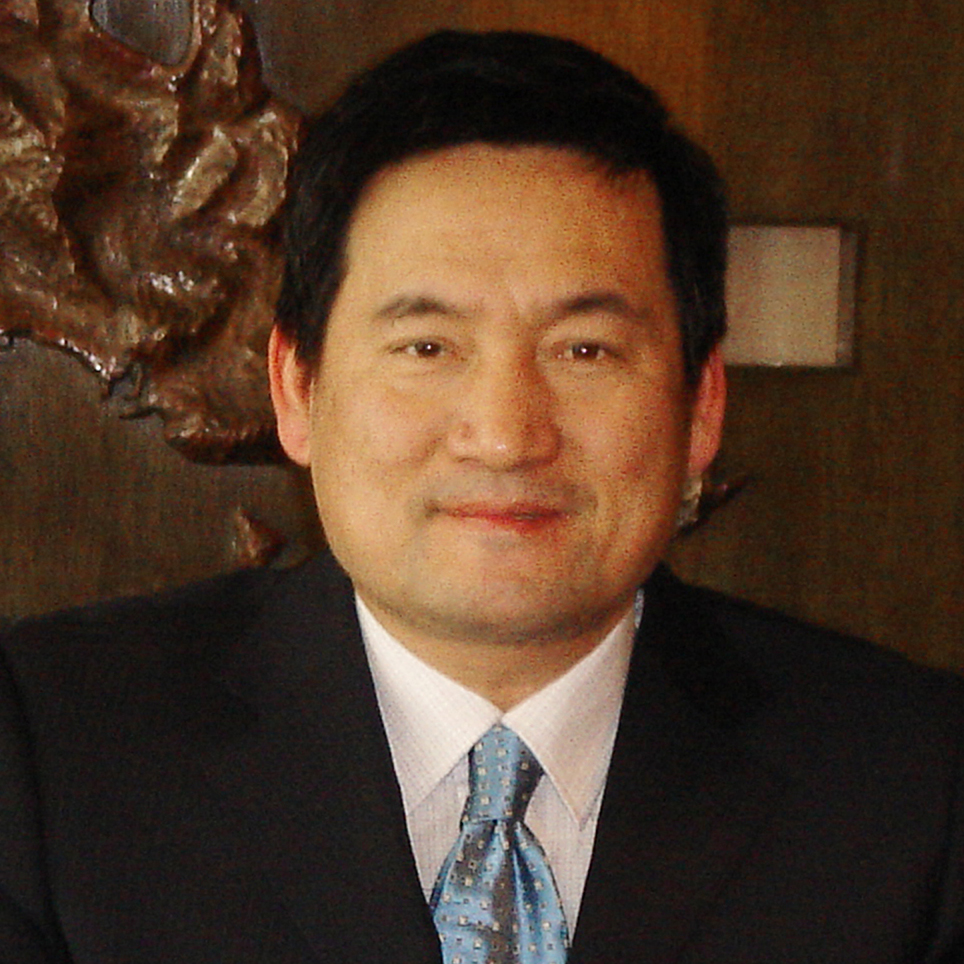











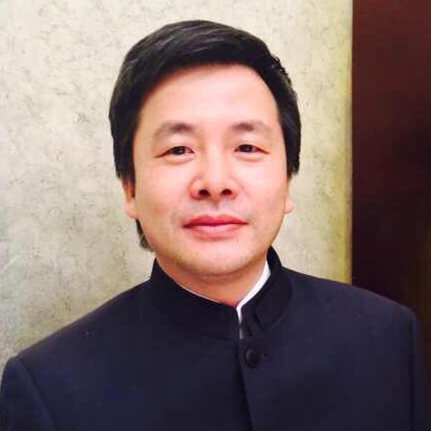
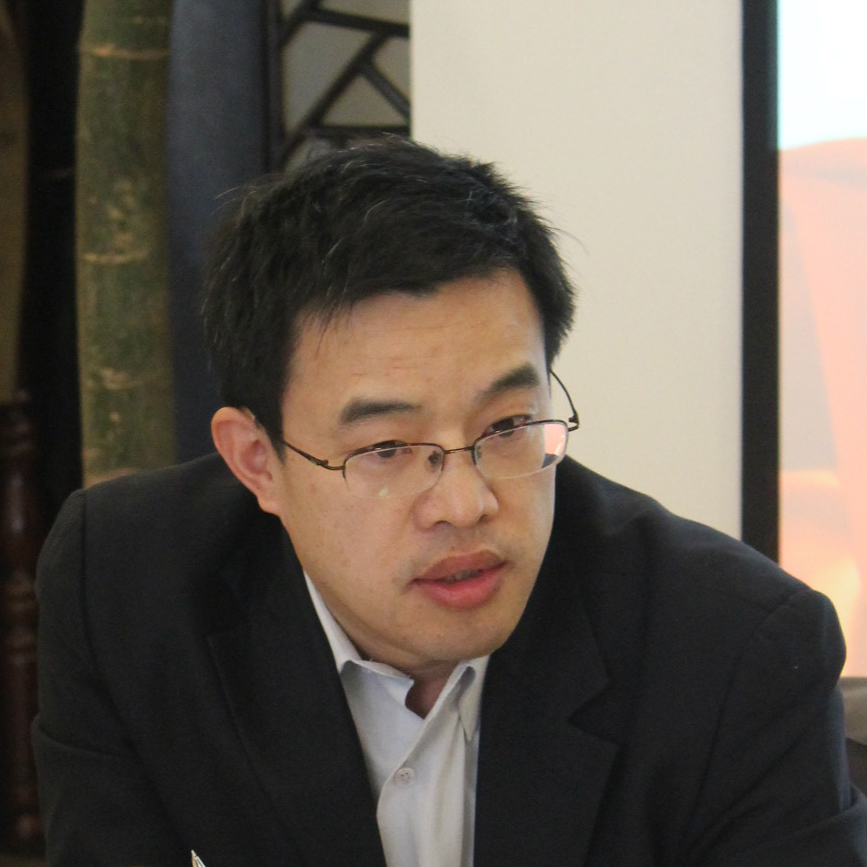
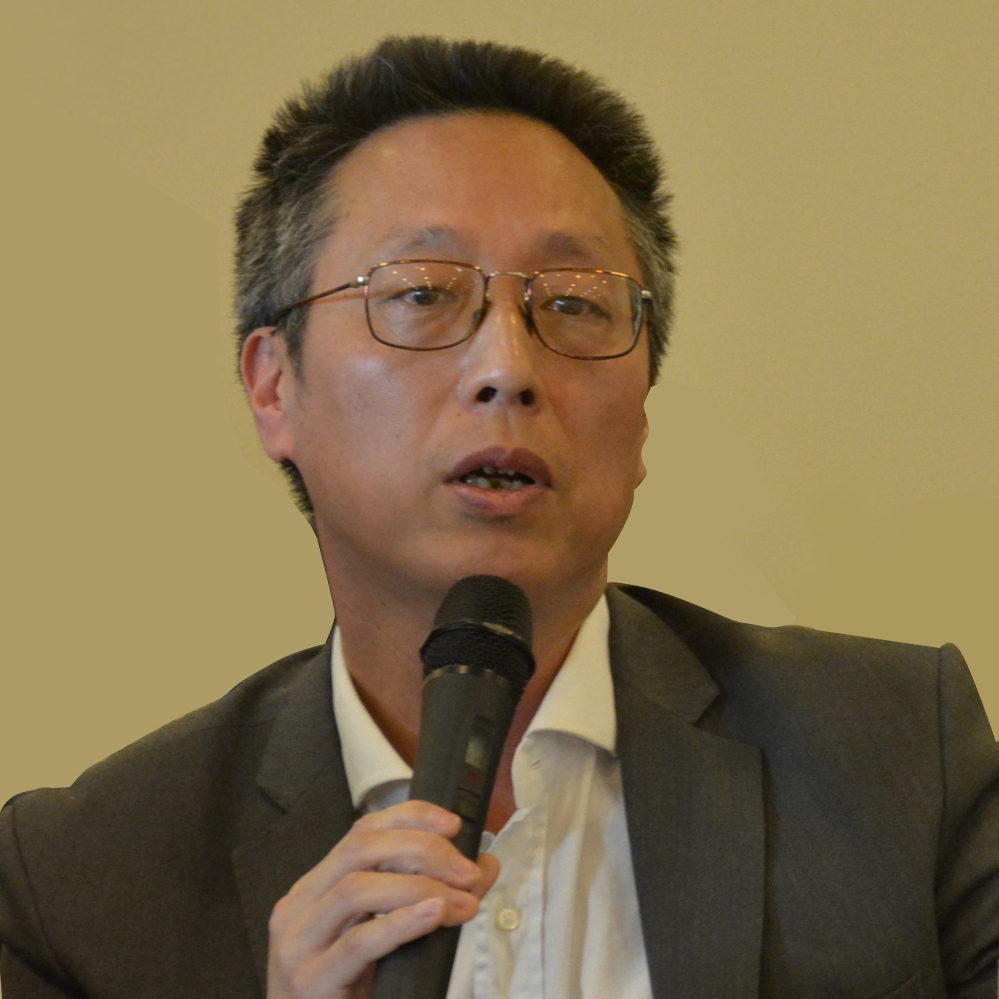


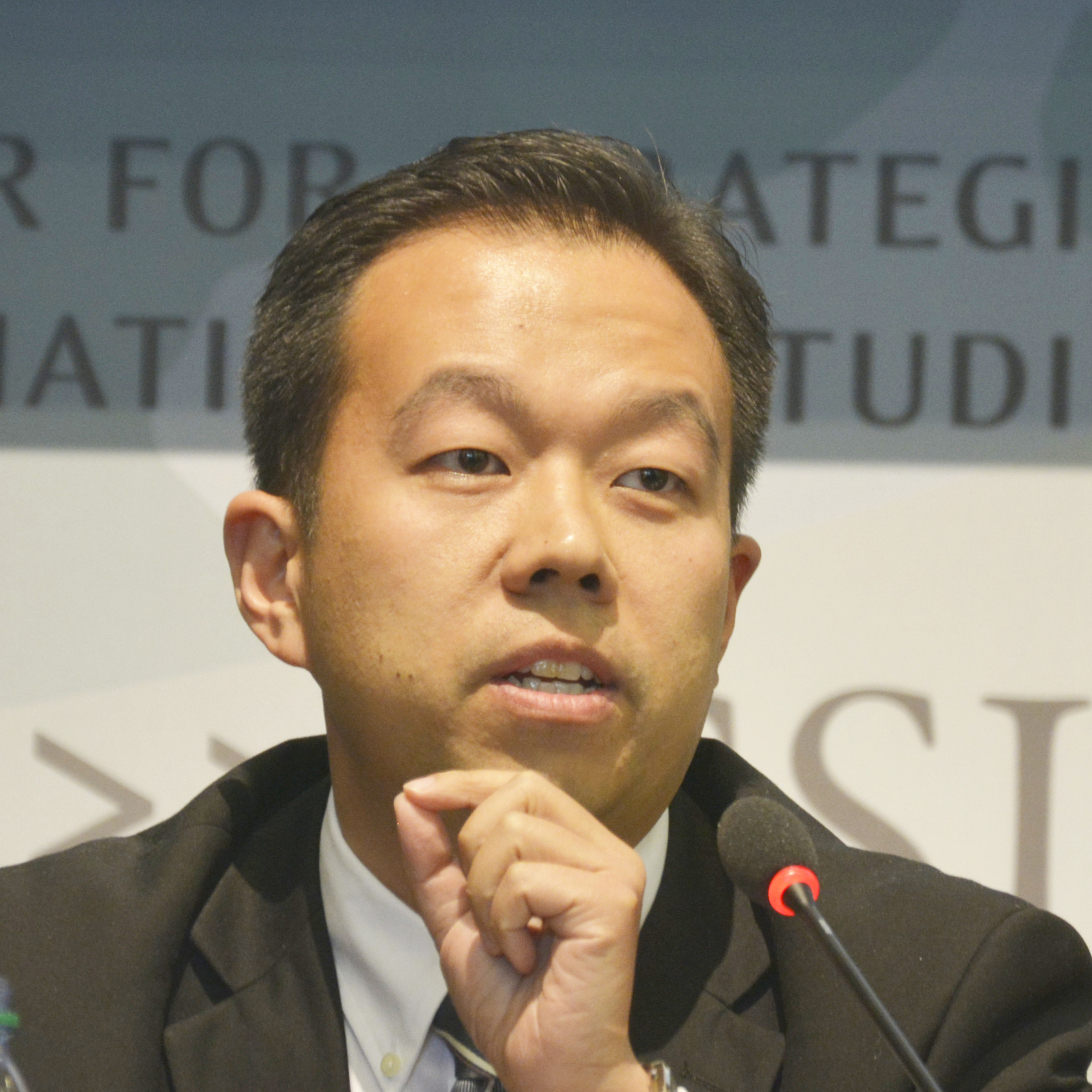











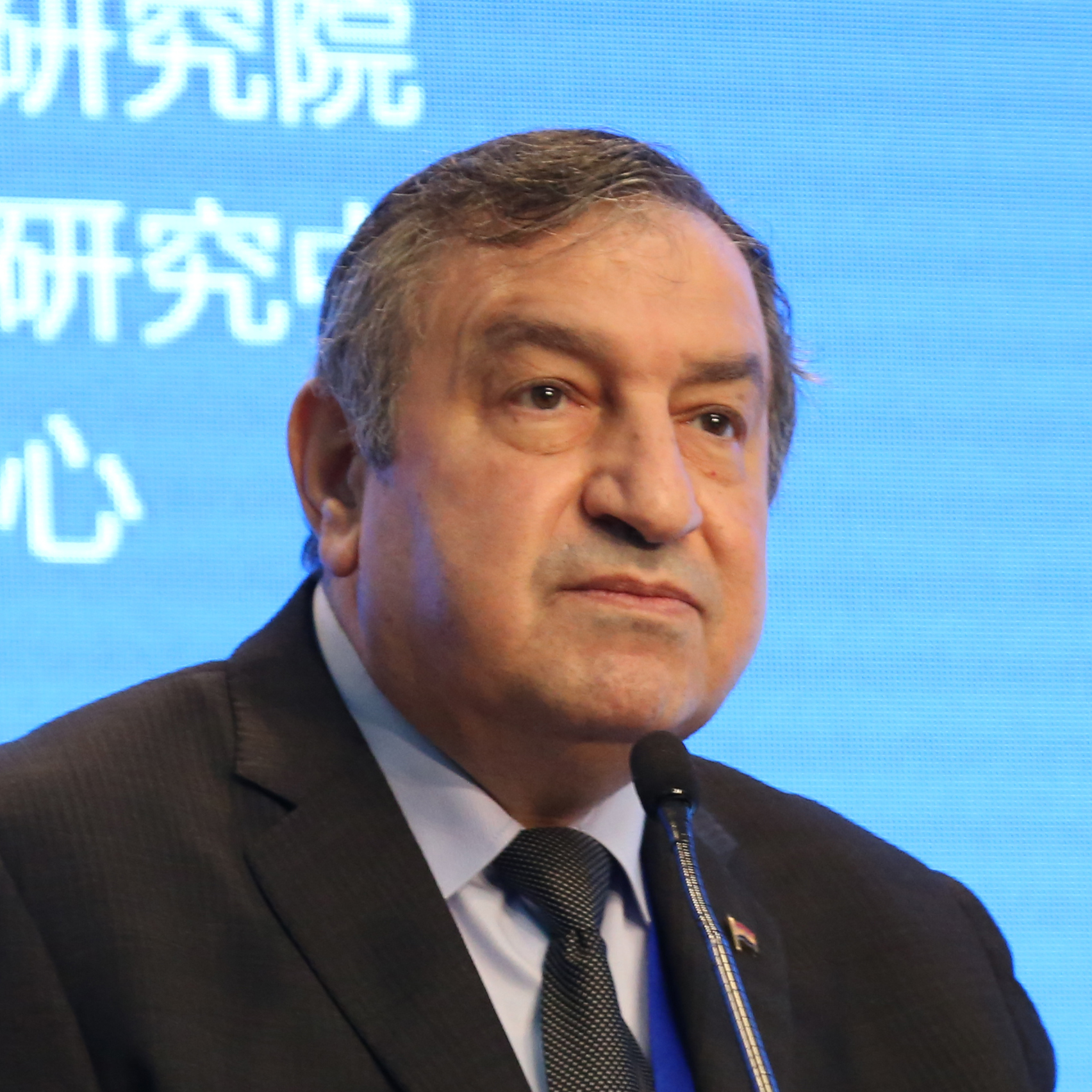

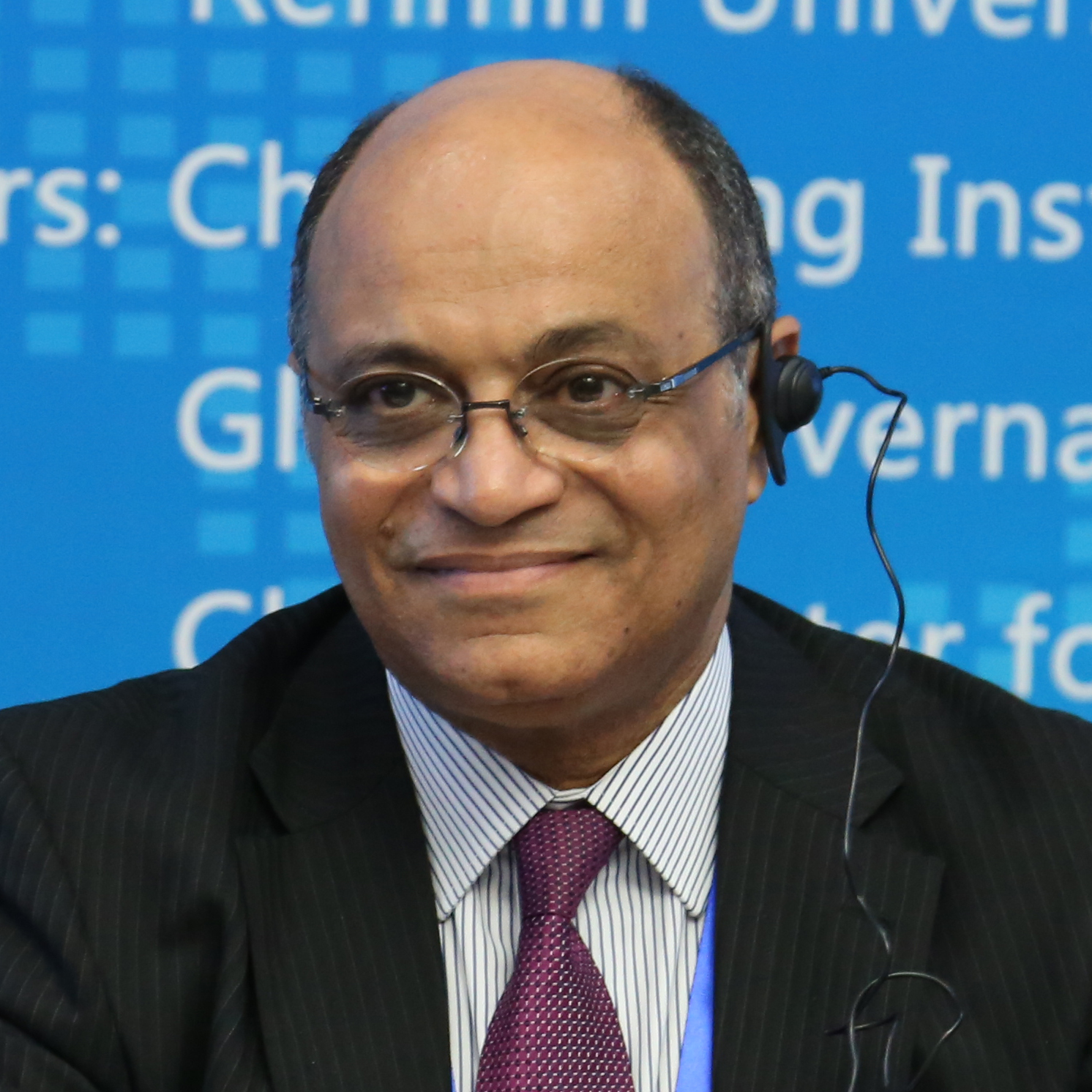













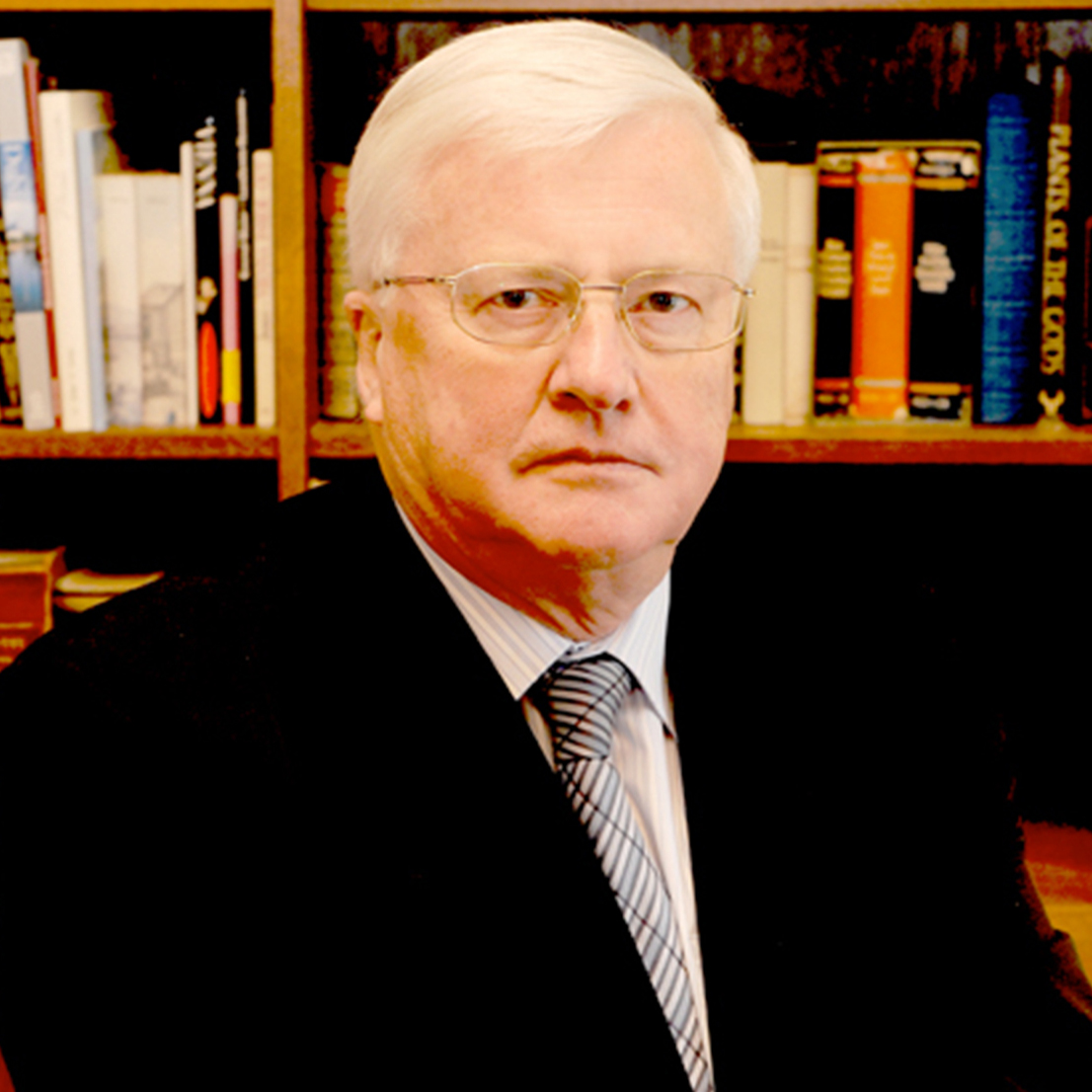
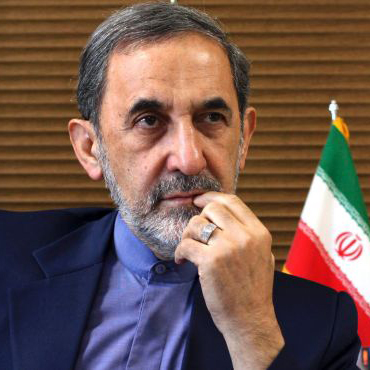




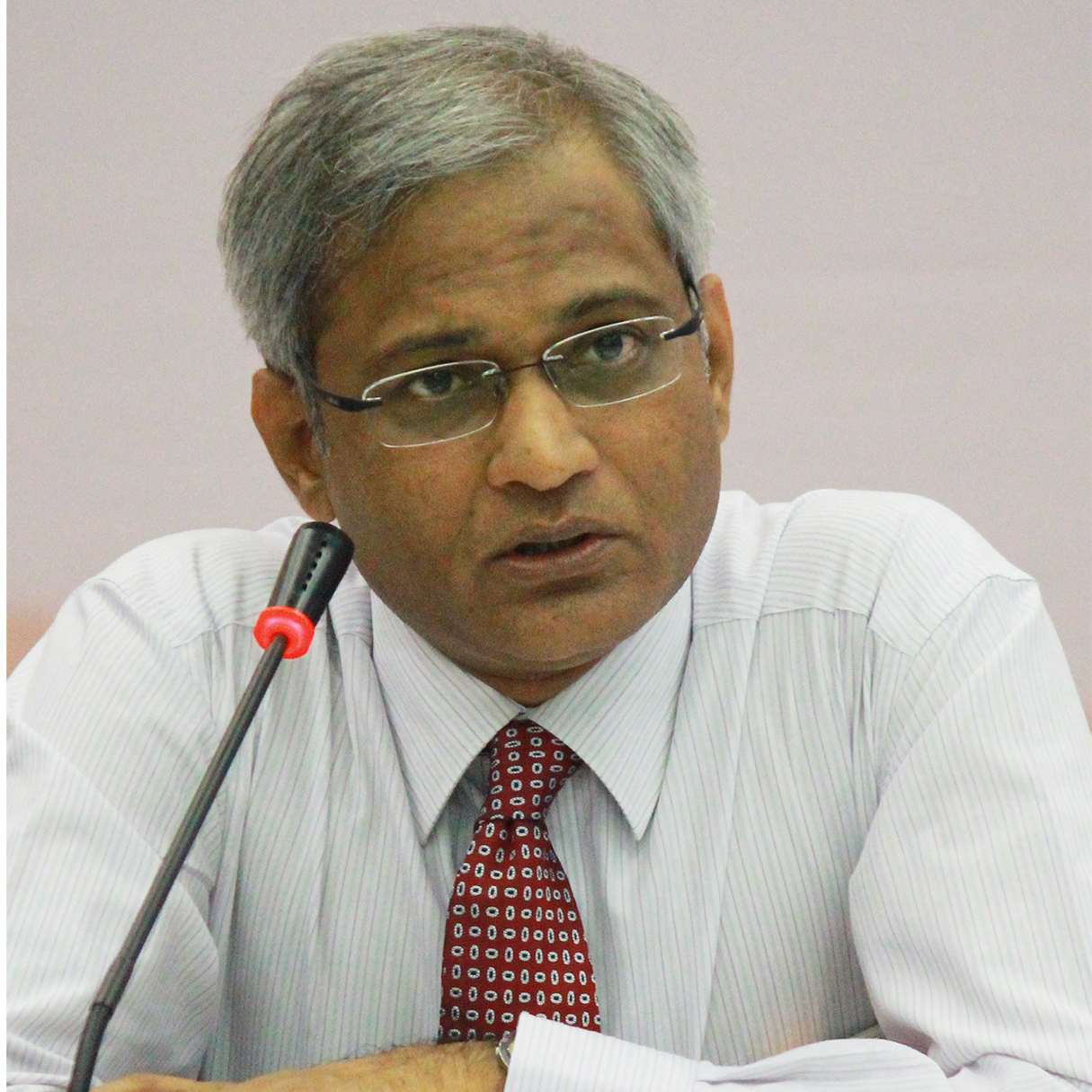
















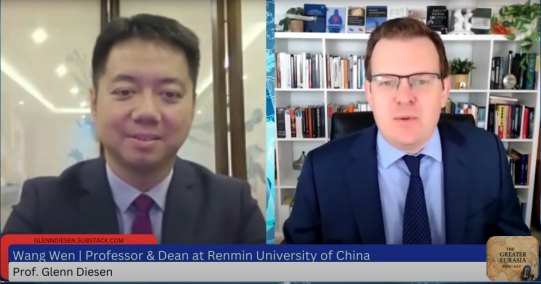
 京公网安备 11010802037854号
京公网安备 11010802037854号





